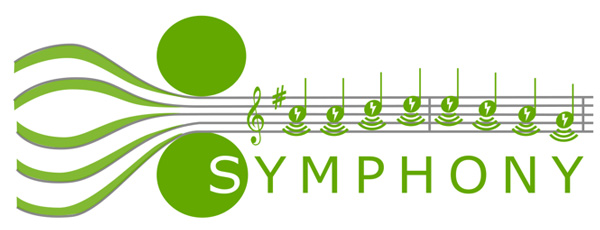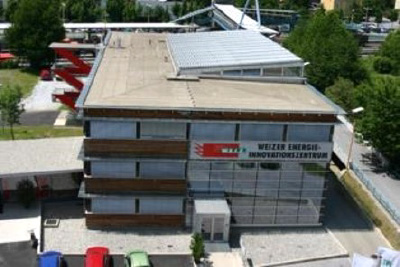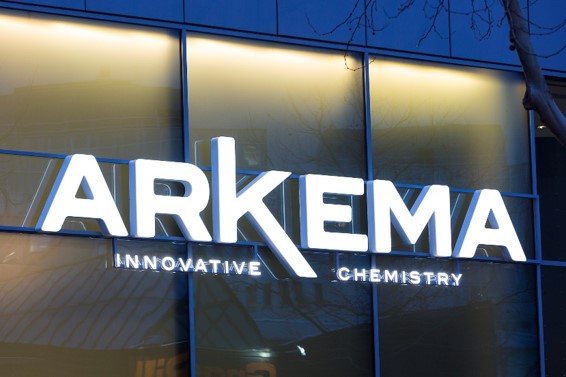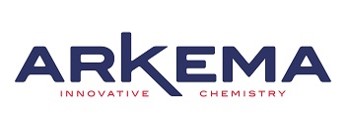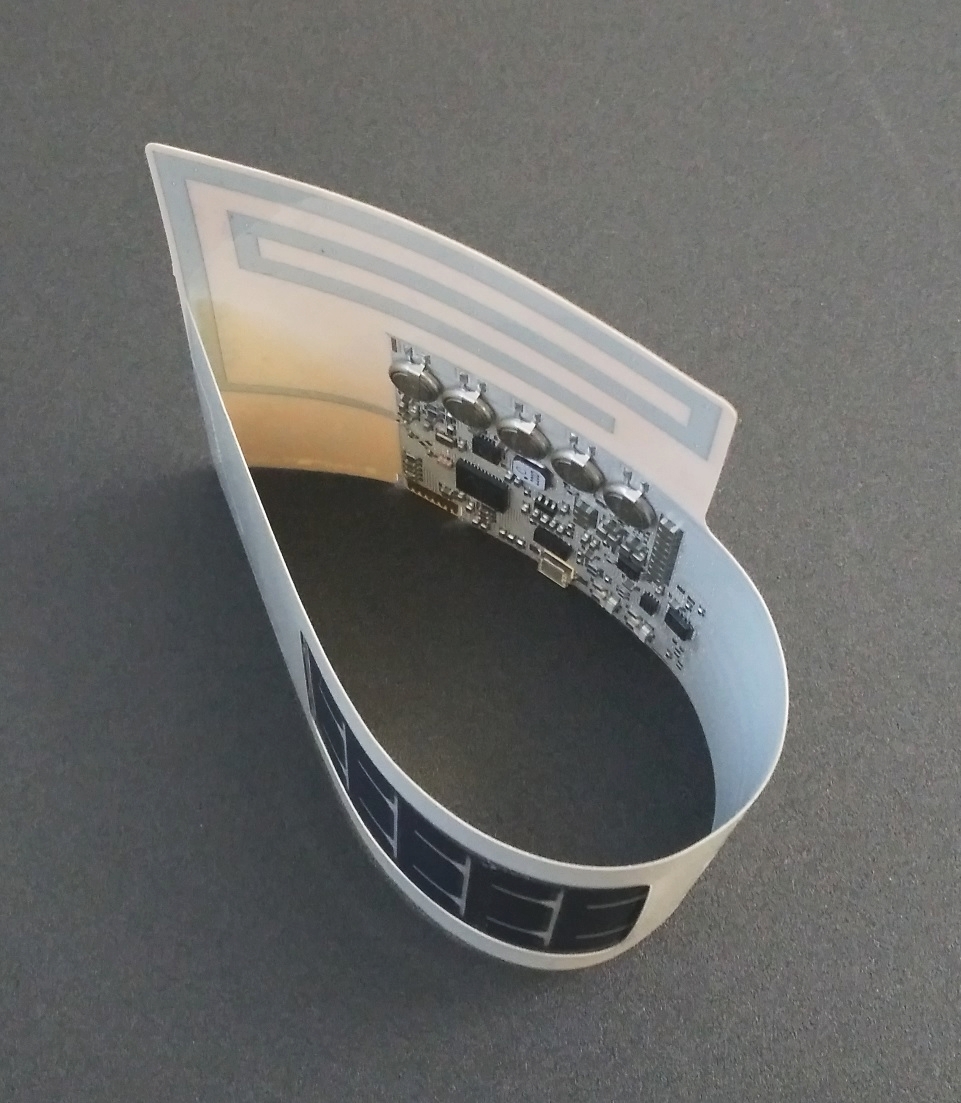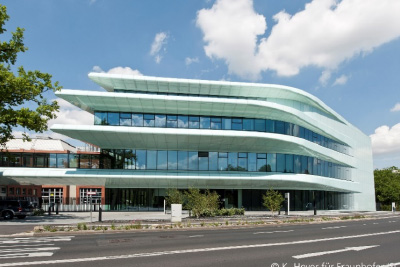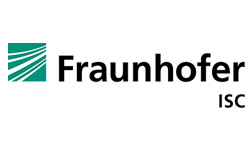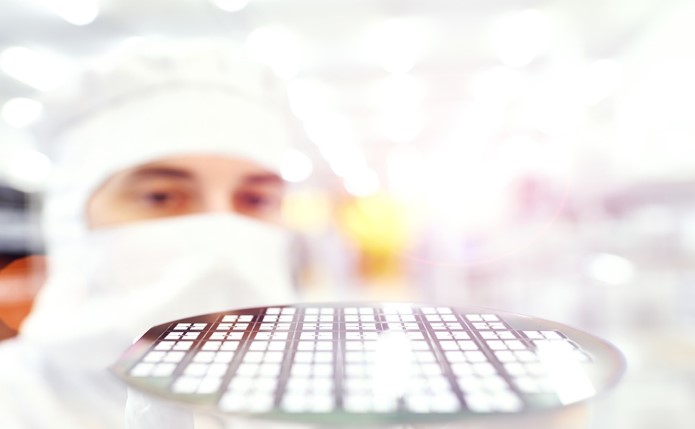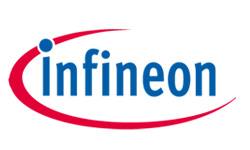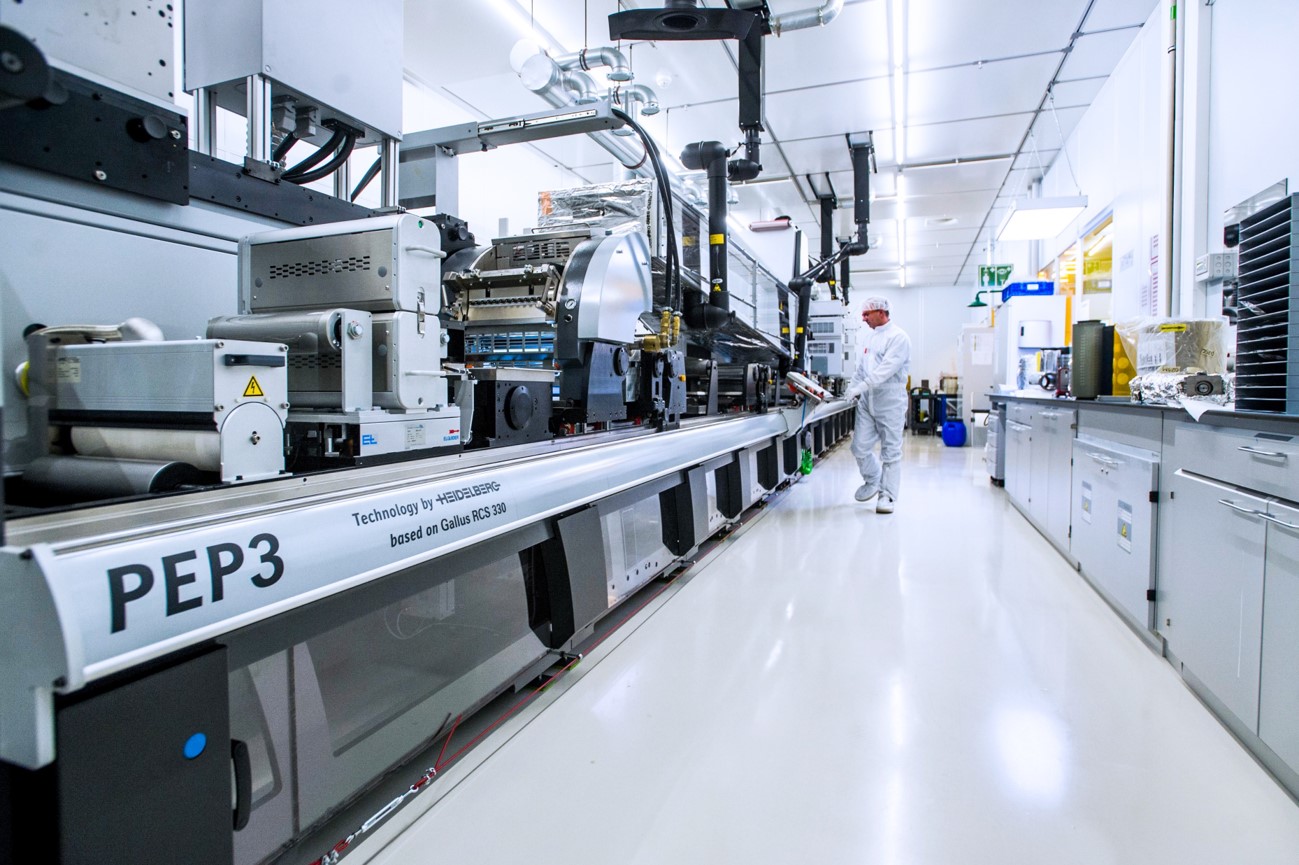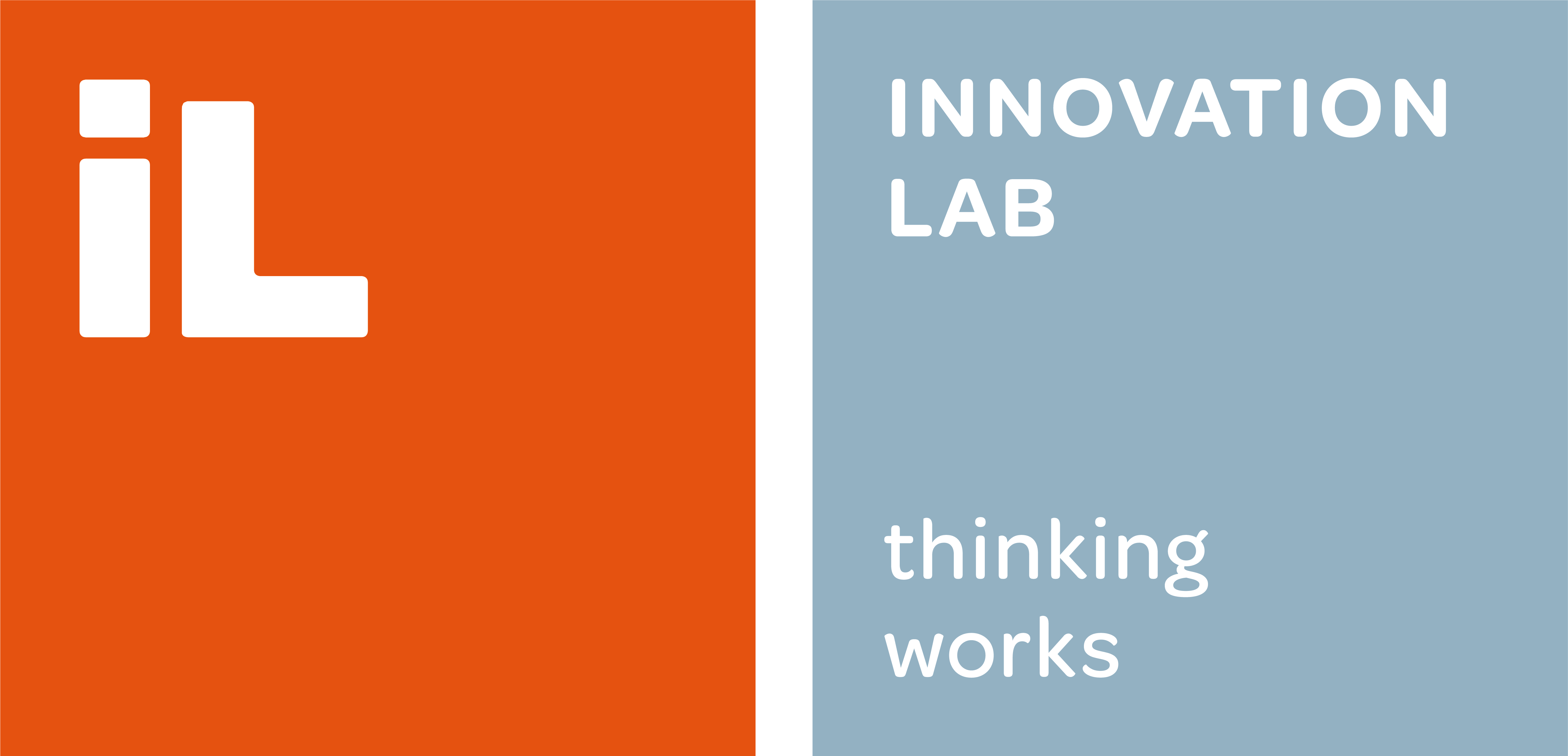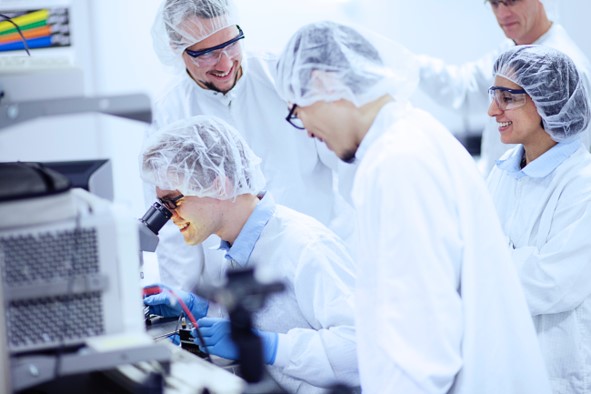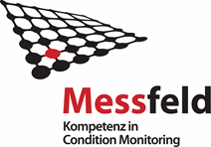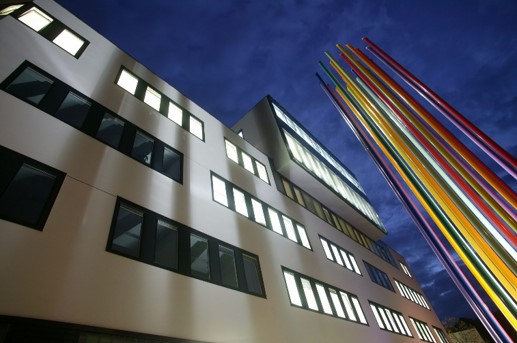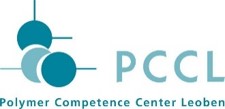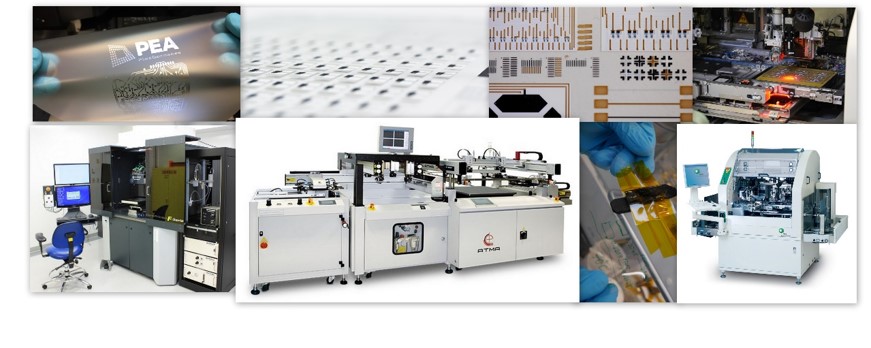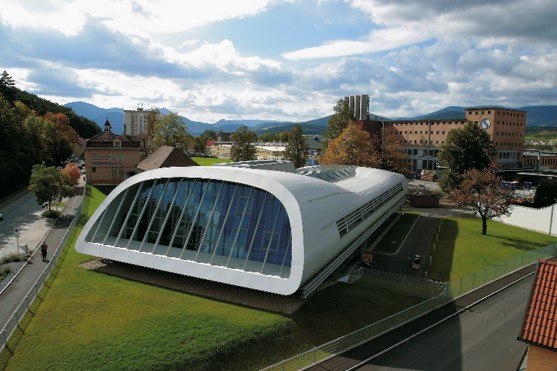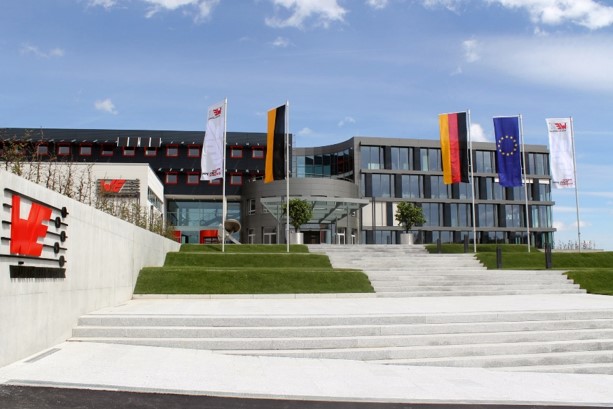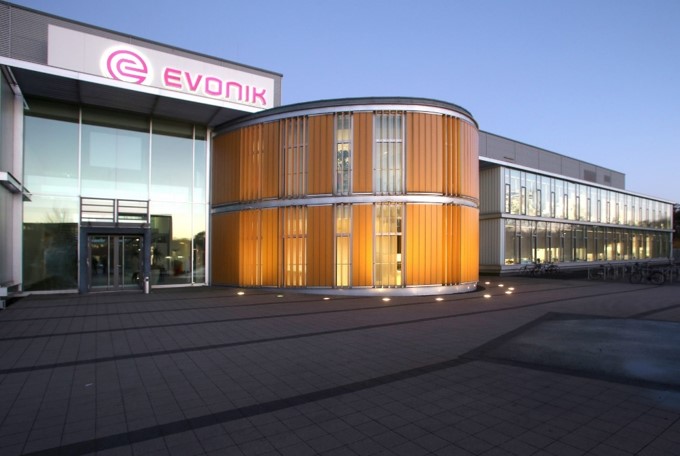SYMPHONY
Smart Hybrid Multimodal Printed Harvesting of Energy
SYMPHONY partners and stakeholders – combining multidisciplinary expertise
The project includes 13 top EU innovation performers (researchers and companies) from 4 European countries.
Research institutes and academic partners will cooperate with chemical industries to develop the new SYMPHONY materials (magnetoelectric, tribo- and piezoelectric energy harvesting composites and patterned structures) and devices (polymer batteries, rectifiers and cellulose based supercapacitors). Similarly, research institutes and industrial partners will share their knowledge for the development of low-cost and scalable processes for materials synthesis, functional printing and patterning.
The hybrid integration for the manufacturing of the SYMPHONY EAS will be carried out by RISE integrating the solution processable materials with energy efficient electronics developed by Infineon/Austria and Würth. The Life Cycle Analysis carried out by RISE is covering the different stages of the project (from materials to process development, integration and manufacturing of final products and testing). Finally, the manufacturing of the three SYMPHONY applications will benefit from the expertise of the partners Joanneum/Parador, Eologix, Messfeld, and Tubolito.
JOANNEUM RESEARCH in profile
The Institute of Surface Technologies and Photonics (JR-MATERIALS) is part of JOANNEUM RESEARCH (JR) which is a non-profit research organization in the Province of Styria. Within JR-MATERIALS, the research group Hybrid Electronics and Patterning (JR-HEP) is focusing on the development of materials for organic electronics and organic sensors, the fabrication and characterization of organic electronic devices and circuits, the fabrication and characterization of smart systems and on the development of novel innovative micro- and nanopatterning techniques for electronics, sensors, microoptics and microfluidics. Moreover, JR established the PyzoFlex® technology (https://www.joanneum.at/en/materials/research-areas/pyzoflexr/) based on large-area ferroelectric sensor films.
ARKEMA in profile
Building on its unique set of expertise in materials science, Arkema offers a portfolio of first-class technologies to address ever-growing demand for new and sustainable materials. With the ambition to become in 2024 a pure player in Specialty Materials, the Group is structured into 3 complementary, resilient and highly innovative segments dedicated to Specialty Materials -Adhesive solutions, Advanced Materials, and Coating Solutions- accounting for some 80% of Group sales, and a well-positioned and competitive Intermediates segment. Arkema offers cutting-edge technological solutions to meet the challenges of, among other things, new energies, access to water, recycling, urbanization and mobility, and fosters a permanent dialogue with all its stakeholders. The Group reported sales of € 8.7 billion in 2019, and operates in some 55 countries with 20,500 employees worldwide.
.
EOLOGIX in profile
eologix sensor technology gmbh is a technology-based Austrian company, which develops and produces innovative, retrofittable sensor solutions for smart surfaces for wind energy, railway, aviation and industrial applications. Multiple autonomous, thin and flexible sensors for precise ice detection and temperature measurement increase energy yield of wind turbines and enable safe and optimal operation (reduced downtimes) of turbines in areas at risk of icing. Patented and certified by DNV-GL, eologix sensors are mounted to the surface of the rotor blades. Equipped turbines benefit from exact surface temperature measurements allowing pre-emptive control and optimisation of these systems. eologix is also evolving the first on-blade condition maintenance sensor system within an H2020 project.
FRAUNHOFER ISC in profile
Fraunhofer Institute for Silicate Research ISC is one of the leading research institutions for material-based innovations. More than 400 scientists and technicians work in the research areas Energy, Biomedicine, Clean Environment and Climate, and Adaptive Systems. One focal area within Adaptive Systems is smart energy. Vast experience in both, material synthesis and processing, as well as profound know-how in energy-related applications leads to innovative concepts for energy harvesting in several current and completed projects.
Topics within SYMPHONY: Functional materials like ORMOCER®s, silicones, piezoelectric materials, magnetic nanoparticles, processing know-how (synthesis, upscaling, structurization/patterning, compounding)
INFINEON TECHNOLOGIES AUSTRIA
in profile
Infineon Technologies Austria AG (IFAT) is a 100 % subsidiary of Infineon Technology AG, which is a worldwide acting company with over 47000 employees. The participating IFAT site Graz has long years of experience in semiconductor solutions for a variety of different application fields and develops innovative semiconductor products and complete System-on-Chip solutions. This includes RFID products, security processors, wireless tire pressure monitoring systems, 3d-sensors (based on ToF, Radar, and Lidar) and automotive power products.
IFAT has a great track record in the participation at industrial research programs to anticipate tomorrow’s needs and to learn how semiconductor devices can be beneficially support future scenarios with the target to lay the cornerstone for future business.
INNOVATIONLAB in profile
InnovationLab (iL) is an expert in printed and organic electronics with a focus on flexible printed sensorics, working at the interface of academia and industry. iL was established in 2008 as a joint venture of the University of Heidelberg, the Karlsruhe Institute of Technology (KIT) and the companies BASF SE, Heidelberger Druckmaschinen AG and SAP AG. Today, iL provides extensive expertise of materials, processes and printing technologies to develop novel electronic print products. The main contribution of InnovationLab in Symphony is the development of rechargeable printed batteries and their production technology.
Since May 1, 2022 official partner in the SYMPHONY consortium
LIU in profile
Linköping University (LiU) is one of the larger academic institutions in Sweden, Northern Europe. LiU is innovative, highly ranked and known for close collaboration with business and society.
With 27,000 students, 1,200 research students and 4,000 employees, LiU is Sweden’s fifth largest university and stands at position 28 among the world’s 50 best young universities in the latest ranking by the prestigious QS World University Rankings.
LOE (the Laboratory of Organic Electronics) at LiU is one of the world’s leading groups at the forefront of research in organic/plastic electronics. Specifically, we are interested in using the coupling between electronic and ionic charges to develop novel device and system concepts in the areas of energy, internet-of-things, healthcare, and biology. Visit us at liu.se/loe
MESSFELD in profile
Messfeld is a specialist in maintenance, espescially in the field of Condition Monitoring, Energy Monitoring and industrial metrology. In recent years, Messfeld has been working intensively on the topic of integrating CM into automation and the technical possibilities in the field of maintenance and the strategic use and exploitation of these possibilities. Within the framework of research and development projects, a great deal of know-how and competencies could be built up in the team and in the network of Messfeld. For the development of CM modules at Bernecker & Rainer, Siemens, or Rockwell Automation, for example, the know-how of Messfeld was used extensively. With customers (such as OMV, Petrom) a method for strategic approach to CM has been developed – the „CM effectiveness SCAN“.
.
PCCL in profile
The Polymer Competence Center Leoben GmbH (PCCL) is the leading Austrian “Center of Excellence” for cooperative research in the area of polymer engineering and sciences. In close cooperation with its scientific partners at four universities, 100 highly qualified employees are active in a wide field of applications for polymers, ranging from automotive and aircraft, to packaging, solar and photovoltaic industries.
An important aspect of all research activities of the PCCL is the strong orientation on the performance and functionality of polymer products in service. The scientific approach centers on the establishment of “material-structure/processing/performance relationships”, based on systematic experimental investigations and advanced simulation and modeling tools.
RISE in profile
RISE is Sweden’s research institute and innovation partner. Through our international collaborations with industry, academia and the public sector, we ensure the competitiveness of the Swedish business community on an international level and contribute to a sustainable society. RISE is state-owned and independent and run over 100 testbeds and demonstration environments for future technologies, products and services. The unit for Print Electronics offers innovative and value-creating ICT solutions for sustainable growth and increased competitiveness in business and society. Our excellence in Print Electronics, our collaboration with Linköping University’s research group LOE and our Testbed Printed Electronics Arena – Manufacturing make us one of Europe’s leading centers for Print Electronics.
SEMPERIT in profile
Semperit AG Holding has been a worldwide leading supplier of rubber products for more than 195 years. We have achieved and maintained this position by focusing on high quality and reliability. Partners appreciate these strengths, which have made Semperit a global player.
Semperit products and services capitalize on global trends such as increasing health and requirements, and the growing industrialization in emerging markets. This strategy supports our continuous and sustainable growth. About 6,900 people are employed in our Industrial and Medical Sectors worldwide. With 14 production plants and numerous subsidiaries and sales offices, Semperit is present in Europe, Asia, America, and Australia with a diverse product portfolio equipped for the constant changes in these markets.
TUBOLITO in profile
Christian Lembacher (material science engineer) and Akos Kertesz (mechanical engineer) are founded Tubolito in 2016. In their previous job, the enthusiastic mountainbikers, were developing loudspeakers for mobile phones. The idea came up to revolutionize the 100 year old bike inner tubes made of rubber.
Using a new high-tech thermoplastic elastomer and combined with a unique manufacturing technology Tubolito is capable of delivering very light, robust and reliable bike tubes to their customers. We, as passionate tube engineers, are convinced that this is only the beginning of a fascinating journey. The use of new technologies and high-tech materials will further revolutionize the bike tube industry.
WÜRTH in profile
Würth Elektronik eiSos Group is a manufacturer of electronic and electromechanical components for the electronics industry and a technology company that spearheads pioneering electronic solutions. The unrivaled service orientation of the company is characterized by the availability of all catalog components from stock without minimum order quantity, free samples and extensive support through technical sales staff and selection tools.
With 7 300 employees and a turnover of 822 million in 2019, Würth Elektronik eiSos is one of the largest European manufacturers of passive components. The company is active in 50 countries and is part of the Würth Group, the world market leader for assembly and fastening technology.
Würth Elektronik: more than you expect!
Changes…
Since May 2022, Evonik has sold the TAeTTOOz® materials technology for printable rechargeable batteries to the InnovationLab GmbH (https://corporate.evonik.com/en/evonik-sells-taettooz-materials-technology-to-innovationlab-173925.html). Therefore, a change in the SYMPHONY Consortium occurred with the replacement of the partner Evonik with InnovationLab (https://www.innovationlab.de/en/printed-electronics/).
EVONIK in profile – partner until June 24, 2022
Evonik Creavis GmbH is part of Evonik Industries AG, one of the world’s leading specialty chemicals companies.
As the strategic innovation unit of Evonik, Creavis concentrates on medium- and long-term innovation projects that support the growth and sustainability strategy of Evonik while tapping into new business opportunities. Creavis focuses on transformative innovation, addressing economic, environmental, and social aspects. It develops competence platforms for Evonik, laying the foundation for new sustainable businesses.
Within SYMPHONY, Creavis will focus on the development of ink-formulations and printing processes for the integration of organic, printable, rechargeable batteries into sensor devices for different use-cases.
.

